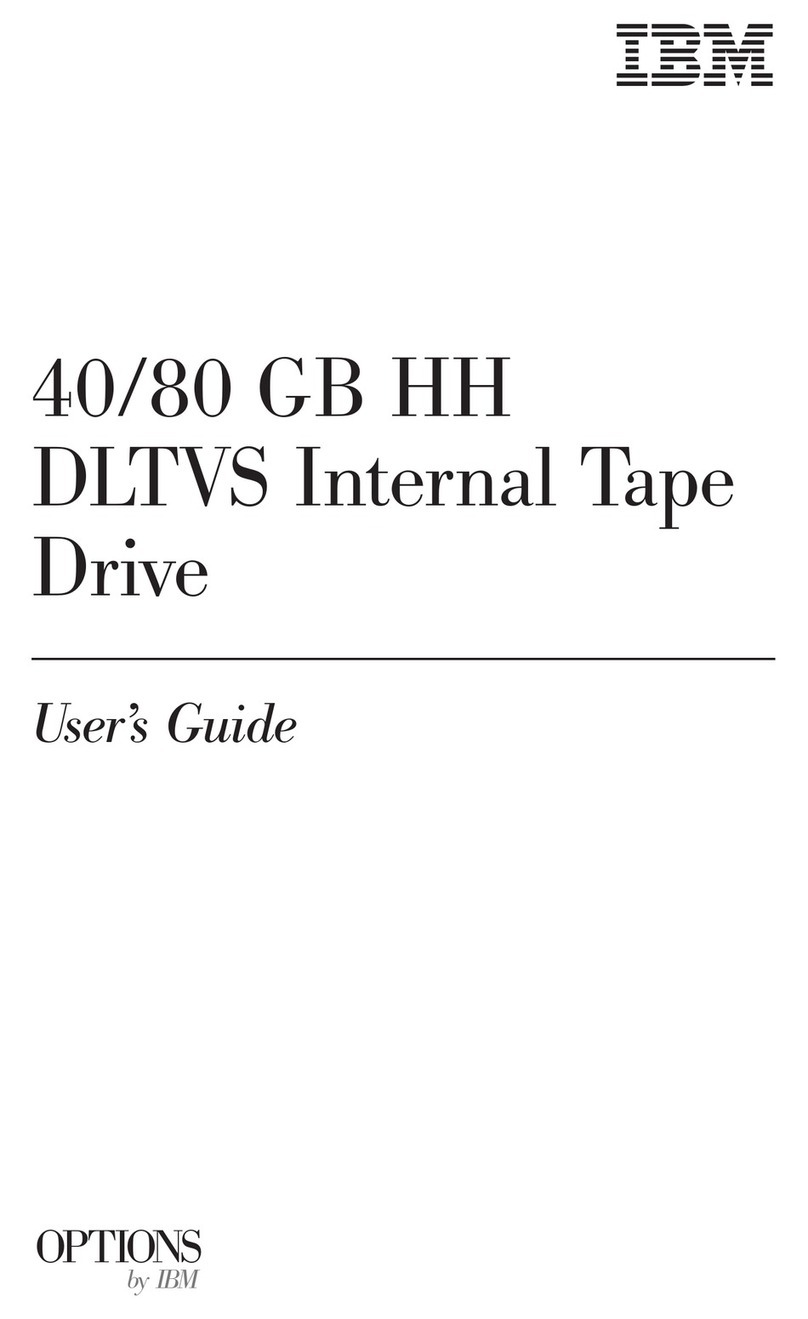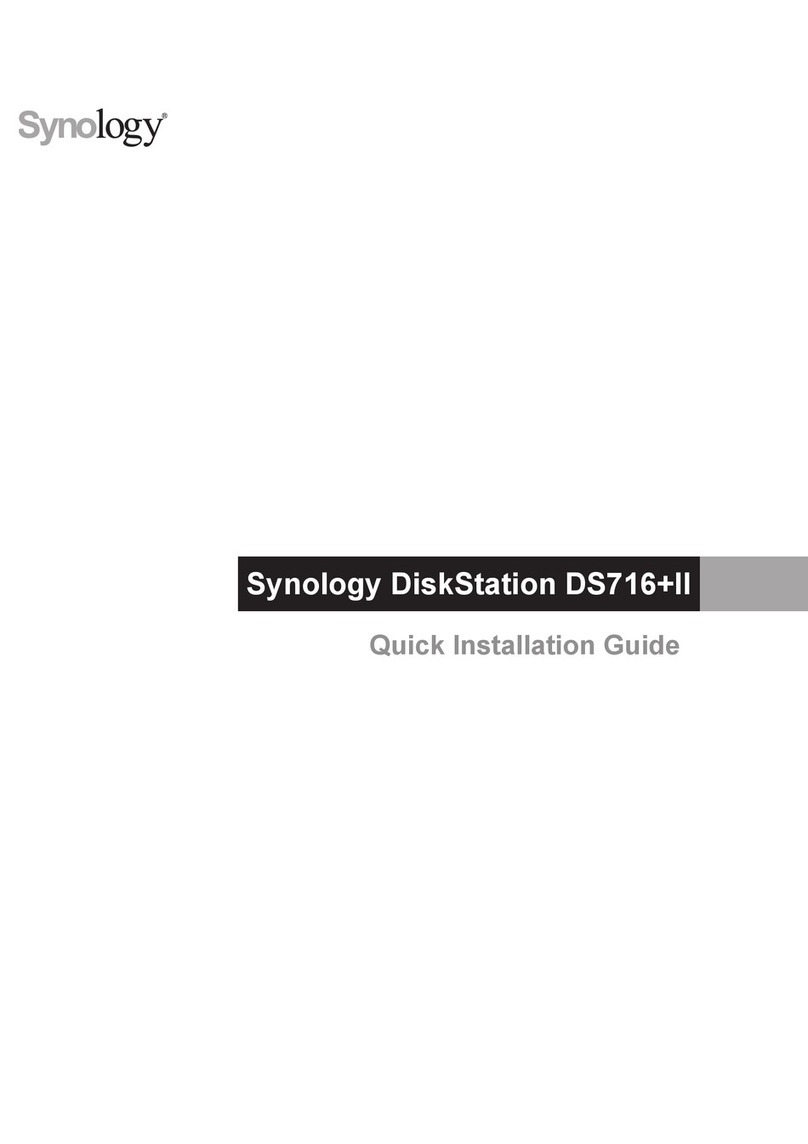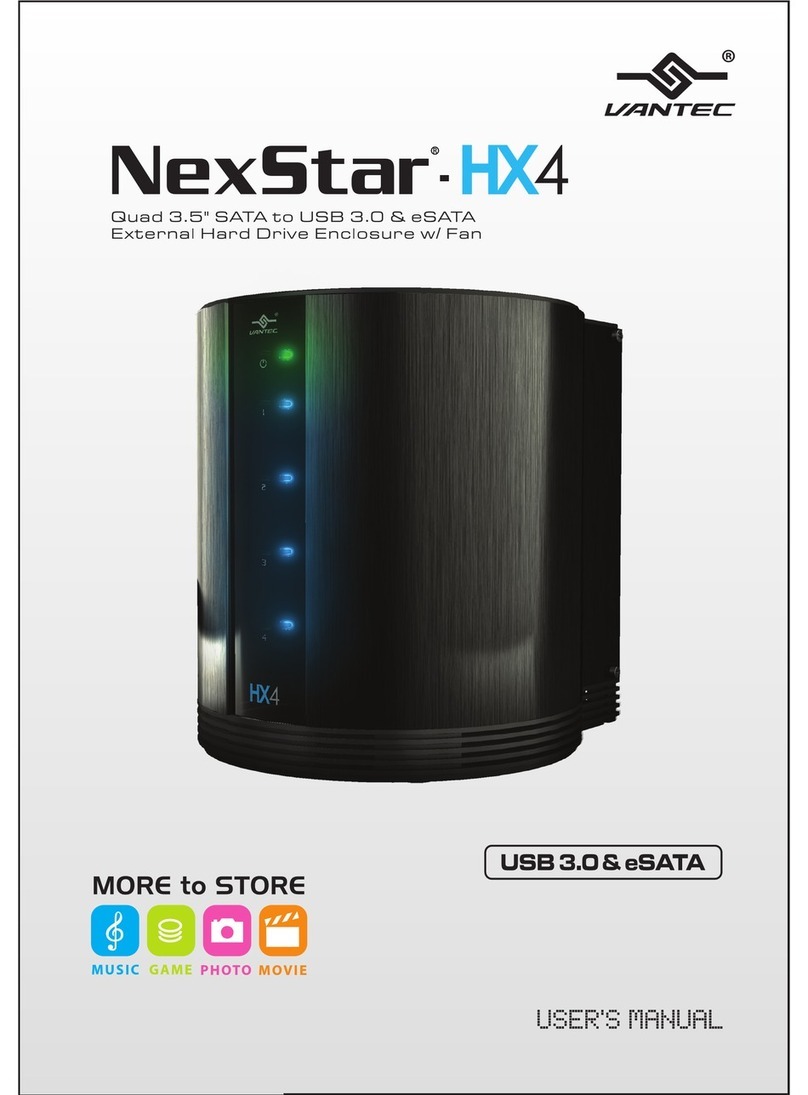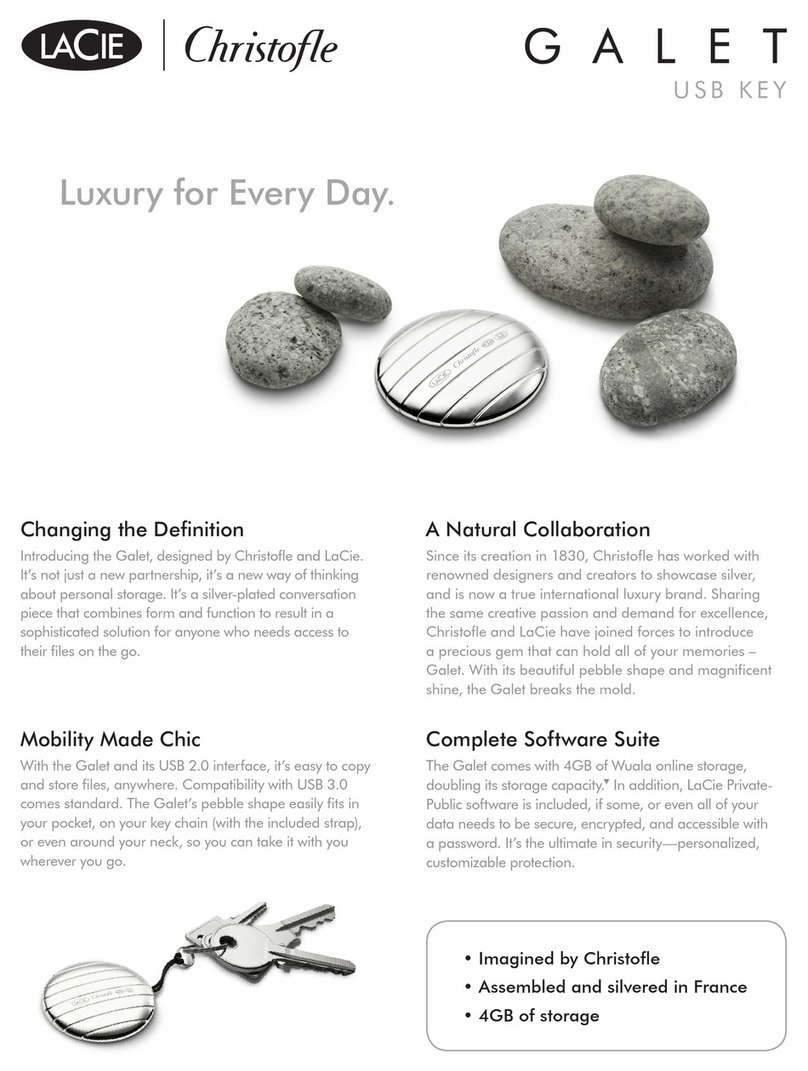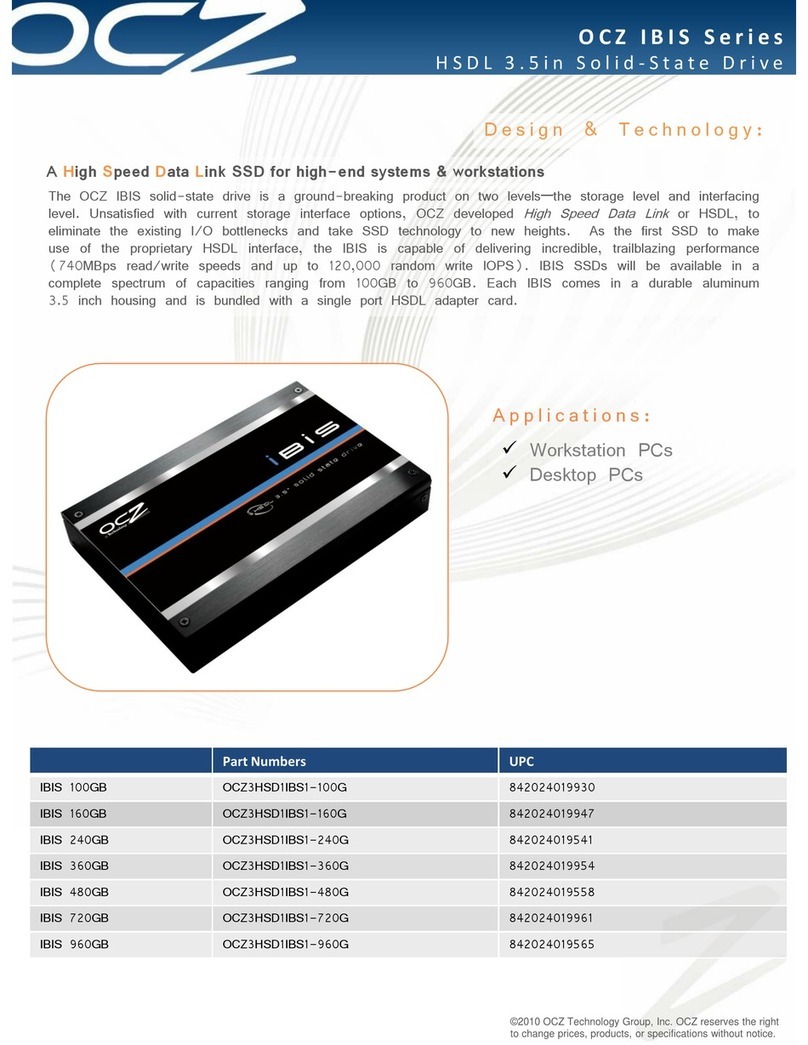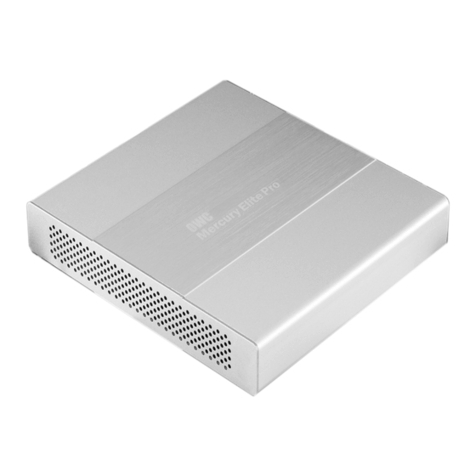legasy 5KWH-A161 User manual

USER MANUAL
FOR WALL ENERGY LITHIUM STORAGE SYSTEM
MODEL: LEGACY-5KW/10KW
VOLTAGE: 48V/51.2V

www.connectinglegacy.com
- 1 -
Version: 1.0
Contents
1. Safety Precautions .................................................................................................................................................................- 2 -
1.1. Before Connecting ............................................................................................................................................................. - 2 -
1.2. During operation ................................................................................................................................................................- 2 -
2. Battery Specifications ............................................................................................................................................................- 3 -
3. Introduction to the Series battery ........................................................................................................................................ - 4 -
3.1. Key Features ...................................................................................................................................................................... - 4 -
3.2. Interface Introduction ....................................................................................................................................................... - 4 -
3.3. SOC Indicator & Status Indicator Guides ...........................................................................................................................- 5 -
3.4. Connectors .........................................................................................................................................................................- 6 -
3.5. Wake Up button .................................................................................................................................................................- 6 -
3.6. Display function instruction ...............................................................................................................................................- 6 -
4. Safe handling guide ...............................................................................................................................................................- 8 -
4.2. Safety Gear .........................................................................................................................................................................- 9 -
5. Installation .............................................................................................................................................................................- 9 -
5.1. Inventory of items ............................................................................................................................................................. - 9 -
5.2. Installation Location .......................................................................................................................................................... - 9 -
5.3. Installing the Battery Pack ............................................................................................................................................... - 11 -
5.4. Parallel use of battery ......................................................................................................................................................- 11 -
6. Communication ...................................................................................................................................................................- 12 -
6.1. Battery and PC communication(note:insert the RS232 port) ......................................................................................... - 12 -
6.2. How To Connect Inverter .................................................................................................................................................- 13 -
7. Abnormal situation handling .............................................................................................................................................. - 21 -
8. Product Responsibilities and Consulting .............................................................................................................................- 22 -

www.connectinglegacy.com
- 2 -
1.Safety Precautions
It is very important and necessary to read the user manual carefully before installing or using the battery.
Failure to follow any of the instructions or warnings in this document can result in electrical shock,
serious injury, death, or may damage the battery and the whole system.
If the battery is stored for a prolonged time, it is requirement that they are charged every three to six
months, and the SOC should be no less than 80%.
The battery needs to be recharged within 12 hours, after fully discharging.
Do not expose cable outside.
All battery terminals must be disconnected before maintenance.
Do not use cleaning solvents to clean the battery.
Do not expose the battery to flammable or harsh chemicals or vapors.
Do not paint any part of the battery, include any internal or external components.
Do not connect battery with PV solar wiring directly.
Any foreign object is prohibited to be inserted into any part of the battery.
Any warranty claims are excluded for direct or indirect damage due to items above.
1.1.Before Connecting
After unpacking, please check the battery and packing list first, if the battery is damaged or
spare parts are missing, Please contact the dealer.
Before installation, be sure to cut off the grid power and make sure the battery is in the turned-
off mode;
Wiring must be correct, do not mix-connect the positive and negative cables, and ensure no
short circuit with the external device;
It is prohibited to connect the battery with AC power directly;
The embedded BMS in the battery is designed for 48VDC, please DO NOT connect battery in
series;
It is prohibited to connect the battery with different type of battery;
Please ensure the electrical parameters of battery system are compatible to inverter;
Keep the battery away from fire or water.
1.2.During operation
If the battery system needs to be moved or repaired, the power must be cut off first and the
battery is completely shutdown;
It is prohibited to connect the battery with different type of battery;
It is prohibited to put the batteries working with faulty or incompatible inverter;
In case of fire, only dry powder fire extinguisher can be used, liquid fire extinguishers are
prohibited;
Please do not open, repair or disassemble the battery. We do not undertake any consequences
or related responsibility due to violation of safety operation or violating of design, production
and equipment safety standards.

www.connectinglegacy.com
- 3 -
2.Battery Specifications
Battery Specifications
Model No
5KWH-A161
10KWH-A162
Nominal Parameters
Voltage
48V/51.2V
48V/51.2V
Capacity
100Ah
200Ah
Energy
4.8KwH/51.2KwH
9.6 KwH/10.24Kwh
Dimensions (L x W x H)
680 x480 x180(220)mm
680x480x180(220)mm
Weight
55kg/58kg
90kg/95kg
Basic Parameters
Life time(25°C)
10 years
Life cycles(80% DOD, 25°C)
6000Cycles
Storage time / temperature
5 months @ 25°C; 3 months @ 35°C; 1 month @ 45°C
Operation temperature
-20°C to 60°C @60+/-25% Relative Humidity
Storage temperature
0°C to 45°C @60+/-25% Relative Humidity
Lithium Battery Standard
UN38.3,MSDS,CE-EMC,IEC62619(cell),UL1973(cell)
Enclosure protection rating
IP50
Electrical Parameters
Operation voltage
45-53.5 VDC/48-56VDC
45-53.5 VDC/48-56VDC
Max. charging voltage
53.5 VDC/56VDC
53.5 VDC/56VDC
Max. charging and
discharging current
100A
100A
Max Power
4800W/5120W
4800W

www.connectinglegacy.com
- 4 -
3.Introduction to the Series battery
3.1.Key Features
LiFePO4 composition – provides exceptional safety and longevity
High safety and reliability
6,000cycles/10 year service life
Consistent performance over wide temperature range
Wall-mounted, convenient installation
Integrated state-of-the-art BMS to manage and monitor battery information including voltage,
current and temperature as well as balance cell charging/discharging rates
5-10 year warranty
3.2.Interface Introduction
This section details the interface functions of front and back panel..
Front interface:
No.
Description
Silk-screen
Remark
1
UES0600
P+ P+
Output terminal
2
UES0600
P- P-
Output terminal
3
port Reset button
RST
For reset the batter
4
Dial switch
ADS
Set the address
5
Do
6
RS485A Port
RS485
RS485 and inverter connection port
7
CANbus Port
CANbus
CANbus and inverter connection port

www.connectinglegacy.com
- 5 -
8
RS232 Port
RS232
RS232 communication port
9
RS485B port
RS485
RS485 parallel communication interface
10
LED
RUN
Operation indicator
11
LED
ALM
Alarm indicator
12
LED
CAPACITY
Capacity indicator
13
LCD
14
LCD Key
15
switch
16
Bracket
17
Handle
3.3.SOC Indicator & Status Indicator Guides
Chart 1: Battery Status
Chart 2: Battery Capacity
Status
Charging
Discharging
Capacity LED
Indicator
L6
L5
L4
L3
L2
L1
L6
L5
L4
L3
L2
L1
Capacity
0~16.6%
OFF
OFF
OFF
OFF
OFF
Flash
OFF
OFF
OFF
OFF
OFF
NO
16.6~32.2%
OFF
OFF
OFF
OFF
Flash
ON
OFF
OFF
OFF
OFF
NO
NO
32.2~49.8%
OFF
OFF
OFF
Flash
ON
ON
OFF
OFF
OFF
NO
NO
NO
49.8~66.4%
OFF
OFF
Flash
ON
ON
ON
OFF
OFF
NO
NO
NO
NO
66.4%~83%
OFF
Flash
ON
ON
ON
ON
OFF
NO
NO
NO
NO
NO
83%~100%
Flash
ON
ON
ON
ON
ON
NO
NO
NO
NO
NO
NO
RUN Status
ON
Flash
Status
Normal/
Warning/
Protection
RUN
ALM
Capacity LED
Description
Shut Down
Shut down
OFF
OFF
OFF
OFF
OFF
OFF
OFF
OFF
All OFF
Standby
Normal
Flash
OFF
OFF
OFF
OFF
OFF
OFF
OFF
Standby
Charge
Normal
ON
OFF
Based on capacity
Warning
ON
Flash
Protection
ON
ON
Discharge
Normal
ON
OFF
Based on capacity
Warning
ON
Flash
Protection
OFF
ON
OFF
OFF
OFF
OFF
OFF
OFF
UVP,OCP…
Fault
Protection
OFF
ON
OFF
OFF
OFF
OFF
OFF
OFF
Stop charging or discharging

www.connectinglegacy.com
- 6 -
3.4.Connectors
Charge / Discharge connectors: to connect the positive pole (+) and negative pole (-) from the
battery to the inverter via DC isolator.
RS485: Active communication portal between battery and inverter.
USB To RS232: to get dynamic monitoring data of the battery from upper computer.
Address: Reserved Address portal for multiple parallel connections.
3.5.Wake Up button
Switch on: When battery is shut down, press the ON/OFF button for 3 seconds. It is activated
when the LED lights flicker from RUN light to the lowest capacity indicator.
Switch off: When battery is activated, press the ON/OFF button for 3 seconds. It will be shut
down when the LED lights flicker from lowest capacity indicator to RUN light.
RESET Key: Press RST key for 6 seconds, reset BMS, then clear all abnormal states; Press RST
key for 3 seconds, with shutdown and boot function;
3.6.Display function instruction
3.6.1. Reference of real figure
3.6.2.Display rendering

www.connectinglegacy.com
- 7 -
3.6.3.Functional Specifications
Interface introduction
Main menu page
Electricity/dormancy activated, will show the welcome screen, press the MENU button to
enter the main menu page. As shown in the figure below:
Battery parameters collection page
When the cursor“》”is point to “Battery Parameters Acquisition”,press ENTER key will enter
into the page of“Battery Parameters Acquisition”,As shown in the figure below:
Battery status page
When the cursor “》”is point to“Battery Status”,press ENTER key will enter into the page of
“Battery Status”,As shown in the figure below:

www.connectinglegacy.com
- 8 -
Parameter Settings
Screen can not set parameters
System Settings Page
Baud Rate:9600 do not set
Key description
1) SW1----NEMU,SW2----ENTER,SW3----UP,SW4----DOWN,SW5----ESC.
2) Each item is “》”or“--”as a beginning,among them“》”shows the current cursor position,
press UP or DOWN key can move the cursor position;with“》”end of the project,the
content of the said project has not shown, press ENTER key can enter the corresponding
page.
3) Press ESC key can be returned at the next higher level directory;In any position,press
NEMU key can return to the main menu page.
4) In a dormant state, press any key, can activate the screen.
Dormancy/shutdown
Under normal operation condition, with no keystrokes 1 minutes later, system will enter a
state of dormancy/shutdown.
Shutdown/dormancy state,press any key,screen can be activated.
4.Safe handling guide
4.1.System Diagram

www.connectinglegacy.com
- 9 -
Tools
The following tools are required to install the battery pack:
Wire cutter
Crimping Modular Plier
Screw Driver
Note:
Use properly insulated tools to prevent accidental electric shock or short circuits.
If insulated tools are not available, cover the entire exposed metal surfaces of the available
tools, except their tips, with electrical tape.
4.2.Safety Gear
It is recommended to wear the following safety gear when dealing with the battery pack:
Insulated gloves
Safety goggles
Safety shoes
5.Installation
5.1.Inventory of items
Thoroughly inspect the packaging upon receipt of goods. If there is any item that is missing or if
there is any damage to the external packaging or to the unit itself upon unpacking, please contact
Sapphire Solar immediately.
A B C D E
NO.
Item
Quantity
Specification
A
Battery Pack
1
5KWH/10KWH
B
Mounting frame
1
SPCC
C
Mounting frame screw
12
M8*60
D
Communication cable
1
Length:1.0m cat 5;1.5m USB type A to RJ11
E
Power connecter
2
125A/1000V
H
Instruction manual/Warranty Card
1
This document
5.2.Installation Location
Make sure that the installation location meets the following conditions:
This manual suits for next models
3
Table of contents
